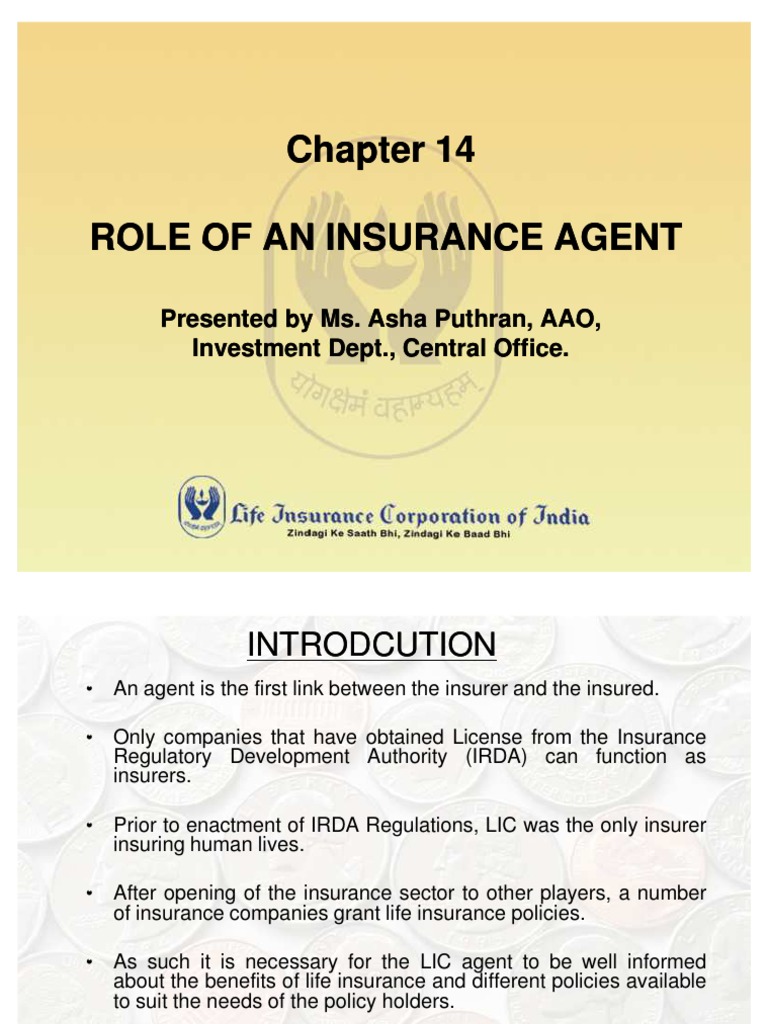The Basic Principles Of Pacific Prime
Wiki Article
The Basic Principles Of Pacific Prime
Table of ContentsLittle Known Questions About Pacific Prime.The 6-Second Trick For Pacific PrimeExamine This Report about Pacific PrimeThe 7-Minute Rule for Pacific PrimeThe Of Pacific Prime

This is because the information were collected for a duration of strong economic efficiency. Of the approximated 42 million individuals who were without insurance, almost concerning 420,000 (regarding 1 percent) were under 65 years old, the age at which most Americans end up being eligible for Medicare; 32 million were grownups between ages 18 and 65, around 19 percent of all grownups in this age; and 10 million were children under 18 years old, about 13.9 percent of all kids (Mills, 2000).
These quotes of the variety of persons without insurance are created from the yearly March Supplement to the Current Populace Study (CPS), conducted by the Census Bureau. Unless otherwise noted, nationwide estimates of people without wellness insurance policy and percentages of the populace with various sort of coverage are based upon the CPS, the most widely used source of estimates of insurance protection and uninsurance prices.
The smart Trick of Pacific Prime That Nobody is Discussing

Still, the CPS is particularly helpful because it generates yearly quotes fairly rapidly, reporting the previous year's insurance protection estimates each September, and since it is the basis for a constant set of price quotes for more than two decades, permitting analysis of trends in insurance coverage gradually. For these factors, in addition to the comprehensive usage of the CPS in other researches of insurance policy protection that exist in this report, we depend on CPS estimates, with restrictions noted.

The quote of the variety of uninsured individuals expands when a populace's insurance coverage status is tracked for a number of years. Over a three-year duration beginning early in 1993, 72 million individuals, 29 percent of the U.S. http://tupalo.com/en/users/6478264. population, were without insurance coverage for a minimum of one month. Within a solitary year (1994 ), 53 million individuals experienced at the very least a month without protection (Bennefield, 1998a)
Six out of every 10 uninsured grownups are themselves employed. Although functioning does enhance the likelihood that and one's relative will certainly have insurance coverage, it is not a guarantee. Even members of family members with two full time breadwinner have nearly a one-in-ten chance of being uninsured (9.1 percent without insurance rate) (Hoffman and Pohl, 2000).
The Best Guide To Pacific Prime
New immigrants represent a significant percentage of individuals without medical insurance. One analysis has associated a substantial portion of the recent growth in the size of the U.S. uninsured populace to immigrants that arrived in the country between 1994 and 1998 (Camarota and Edwards, 2000). Recent immigrants (those that pertained to the USA within the previous 4 years) do have a high price of being without insurance (46 percent), yet they and their children account for just 6 percent of those without insurance across the country (Holahan et al., 2001).The relationship between medical insurance and accessibility to care is well established, as documented later in this phase. The connection between wellness insurance and health results is neither direct nor simple, a comprehensive medical and health solutions research literature links wellness insurance protection to enhanced access to care, better top quality, and enhanced individual and population health status.
Levels of evaluation for taking a look at the effects of uninsurance. It focuses especially on those without any health insurance policy for any length of time.
Some Known Incorrect Statements About Pacific Prime
The troubles dealt with by the underinsured are in some aspects comparable to those dealt with by the uninsured, although they are typically less severe. global health insurance. Uninsurance and underinsurance, however, involve distinctly various plan problems, and the techniques for addressing them may vary. Throughout this research study and the five records to adhere to, the primary focus gets on individuals without any wellness insurance policy and therefore no assistance in spending for health and wellness treatment beyond what is available via charity and safeguard organizations
Health insurance policy is an effective factor influencing invoice of care due to the fact that both clients and physicians reply to the out-of-pocket price of services - https://slides.com/pacificpr1me. Health and wellness insurance coverage, nevertheless, is neither required nor enough to get to medical services. The independent and straight impact of wellness insurance policy protection on access to wellness solutions is well developed.
Others will acquire the healthcare they require even without health insurance coverage, Read More Here by paying for it out of pocket or seeking it from service providers that use care complimentary or at highly subsidized rates. For still others, medical insurance alone does not make sure receipt of care as a result of various other nonfinancial barriers, such as a lack of health and wellness treatment providers in their neighborhood, minimal access to transport, illiteracy, or linguistic and cultural distinctions.
Pacific Prime Fundamentals Explained
Official research about without insurance populaces in the USA dates to the late 1920s and early 1930s when the Committee on the Cost of Healthcare produced a series of records concerning funding physician workplace visits and hospitalizations. This issue came to be significant as the numbers of clinically indigent climbed up during the Great Clinical depression.Report this wiki page